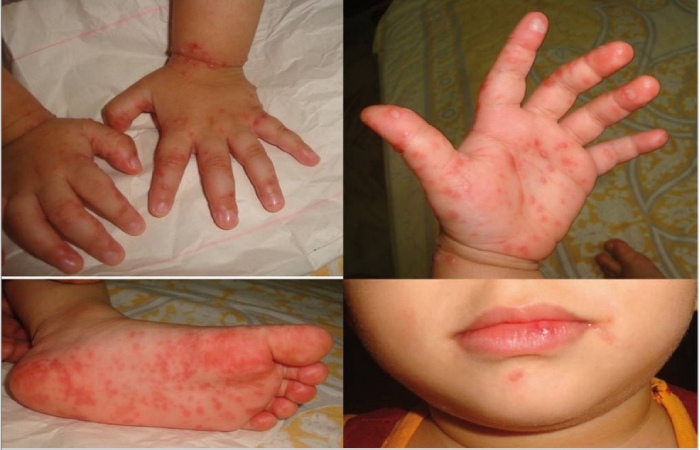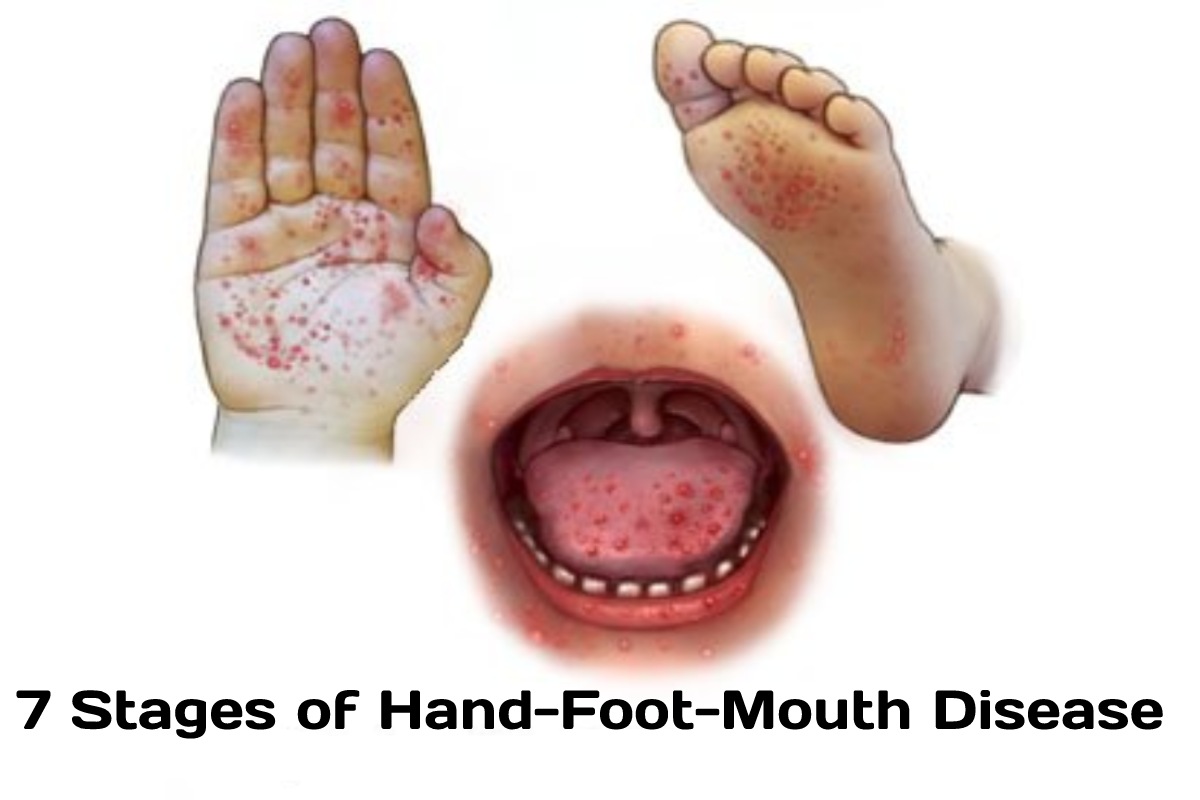Hand-foot-mouth disease is a viral infection that occurs mainly in children under ten years of age, although it can also affect people of any age. It usually appears primarily in late summer and early fall and is more easily spread during the first week of illness, through the air or direct contact with the infected patient or their body fluids. These are the seven stages of the hand-foot-mouth disease:
Table of Contents
1. Coxsackie
The virus causes the disease, an enterovirus, which lives in the digestive tract of humans. It is transmitted from person to person through contact with salivary secretions or stool.
2. Incubation
It has an incubation period of approximately 3 to 4 days, even a little more, and then the disease occurs that can last a week or a little more. “The period in which children shed the virus may not have symptoms. The virus eliminates salivary secretions and stools, which is why it occurs in kindergartens, where there is very close contact,” says Dr Tapia.

3. Period of contagion
If there are respiratory symptoms, the infected person can continue to be contagious for 1 to 3 weeks, while in the stool, the virus can live for three months, says Dr Torres. So you have to be careful, especially with children who use diapers.
4. It is benign
Generally, it does not produce complications. It is one of the benign plagues, says the specialist and the most significant complication could be due to the wounds it produces in the mouth –painful and annoying – the child stops eating or hydrating. 5. Treatment:
There is no vaccine or precise treatment to treat it, so you must ensure that the patient rests under observation when you have the diagnosis. You have to treat the symptoms, such as fever, to make them feel more comfortable until it passes.
6. Contagion to adults
Contagion is common in young children but could eventually affect adults, who may not give symptoms as noticeable as in children. It may not affect you because you have immunity as you expose to viruses, but there are cases where it does occur with the same symptoms in adolescents.
7. Prevention
Washing your hands after touching children or surfaces that may be infected decreases the probability of contagion. In kindergartens, you must be careful with changing and disposing of diapers. “Be very careful when washing your hands before and after changing them, dispose of it properly and that it goes directly to the garbage can,” he says. If the symptoms are respiratory, it is better to stay home so as not to spread it.
Above all, be calm. “It is frequent; these outbreaks occur, and it is not uncommon for them to appear. We have health systems, communities of academics and scientists who are monitoring these types of outbreaks; we have a good capacity to study these types of things”, says the doctor.
Conclusion
Difficulties of hand, foot and mouth disease are complex and even lead to death. Therefore, in addition to proactively averting illness by keeping it clean, parents must know the primary signs of complications to promptly notice and carry their children to the hospital for check.

